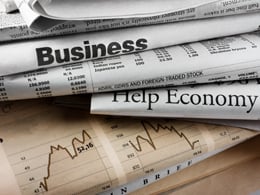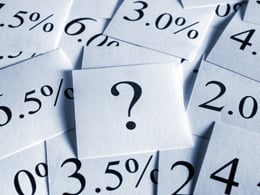Over the past couple of weeks, everyone’s been wondering how long the stock market's “Trump bounce” will last. Several people have asked me whether a pullback is due and how bad it might be. Even as markets move higher, there is quite a bit of worry.












